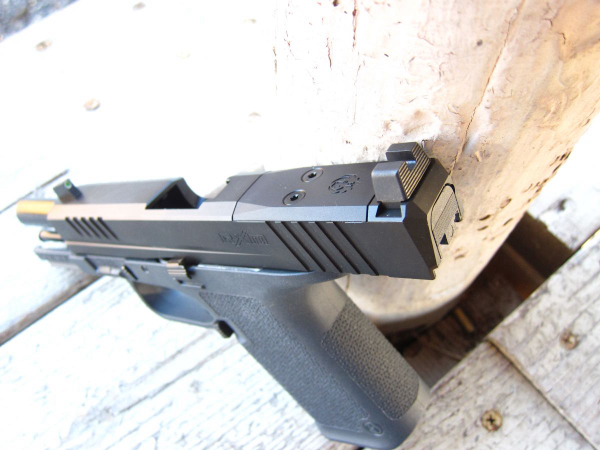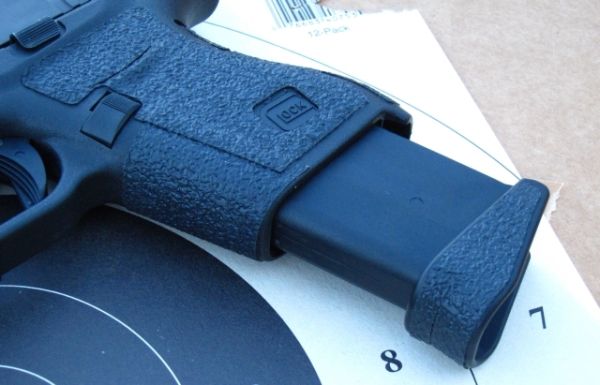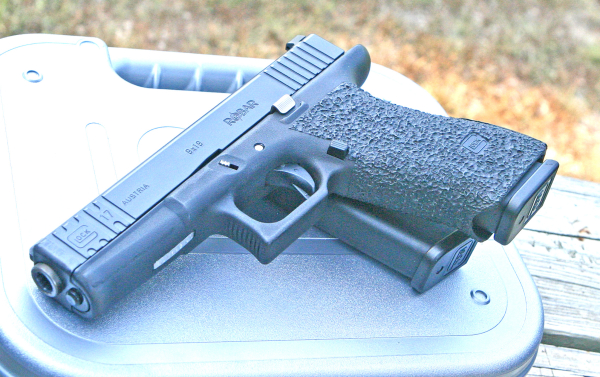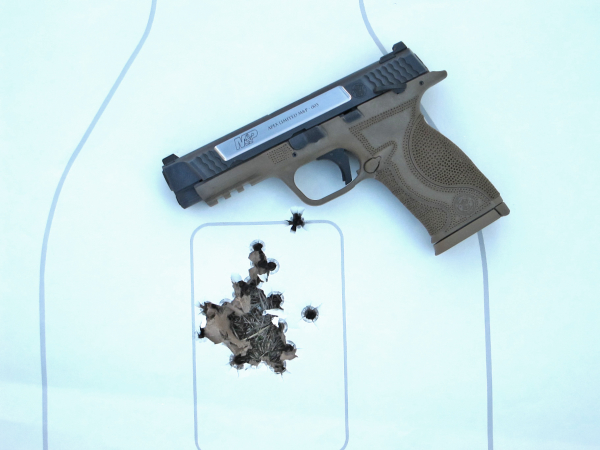Is it a good idea? I was listening to an old Jeff Cooper video lecture and he addressed that very question.
“We fall into the error of doing things just for the sake of doing them rather than doing them because we need to … your pistol must be workable for you and it doesn’t have to be workable for anybody else.”
He goes on to note that, on the auto pistol you need “… a trigger you can manage, sights that you can see, and a ‘dehorning’ job.”


He goes on to explain that his ideal trigger has no perceptible movement after he presses to the “wall.” The slack, or take-up, is something you have to live with; it’s overtravel to which he objects.
In the current environment, we’re finding pistols that are “okay” nearly across the board. The triggers can be managed – with some practice. No trigger can be managed without. I know some trigger snobs; I’m more of a ‘trigger slob,’ understanding that there’s some likelihood that, in the fight, I may not end up with my own gun and have to use one I picked up.
It’s the reason I go light on pistol customization unless it fulfills some kind of range purpose – or it’s for a media project. I find the concern with overtravel to be overstated – which must be why you’ll find some errant hits on my targets. I’m more concerned that “this is the gun you have, it’s your duty to make the hits.”
As to sights, handgun manufacturers are getting better every year with the sights they put on production handguns – for defense. Perhaps it’s not what you’d prefer for International Pistol Competition (or US bullseye), but they tend to be just what you need to make a quick hit at the relatively short distances involved in battle.
I like the front sight to draw attention and the rear sight that avoids attention – though I know several who make good use of the rear sight in driving the gun to the target.
The slide connects the rear sight to the front sight. Are they “aligned?” They don’t seem to be moving. If they’re out of line, it’s because of something you did.
Mostly.

The “dehorning” – rounding, as sharp edges aren’t good on a “hand tool” – hasn’t been so much of an issue in recent years. The exception occurs when some slides have decorative machining that can result in sharp edges.
More to the point these days is an aggressive grip texture. It seems manufacturers have jumped on this. With guns that lack the appropriate “grippiness,” I’ll use Talon Grips.
The manufacturers are increasingly making pistols that are “optics ready.” For some years, you had to ship your slide to a machine shop to be cut for a PMO.
That’s not so common now.
There are always potential issues for people in search of that “ideal for me” handgun. The first is cost. If you look at “factory custom” pistols – these are not so much in-house customs from mass producers, but shops that literally make your pistol to your liking without you having to provide a base gun – that’s one alternative.
Think Wilson Combat.
While that can sometimes be less pricey than sending your mass-produced blaster to an artisan who (often) works alone on one gun at a time, you can expect some outstanding results.


One thing I’ve found with customs includes reliability issues. Look, if you’re putting potato juice in a Ferrari, it’s not going to run well – no matter how much you paid. It’s the same with expensive firearms. If you pay $5,000-$10,000 for a pistol, then load it with overseas steel-cased ammo from the 1990s, you won’t be satisfied with the gun. Are you going to carry it in the cheapest nylon holster you can find?
I’ve run across, on rare occasions, those customs that just don’t run well. They were hand-fitted machines that could choke up when dirty and run without adequate lubrication.
An issue often discussed and seldom really understood is one of liability – mostly civil. Does having a custom pistol used in a self defense case automatically mean you’ll get sued?
If you have a $10,000 self-defense pistol, you’re signaling to potential plaintiff’s counsel that you are worth being sued. As to criminal liability, the more likely question arises regarding disabling safety devices. First, we have to understand what a safety device is. Generally, people will discuss removing the lock from S&W revolvers made with a lock.
That’s less a problem than deactivating a grip safety, removing a firing pin safety plunger or “doing a trigger job” that results in hammer-follow.
For the most part, I stick with sights, refinishing (or plating), stocks (or grip tape) and, in very rare occasions, cleaning up the action. That doesn’t include reduced weight springs and lowering the spring weight needed to fire the gun.
My “action job” is most often the result of compulsive dry practice, which isn’t customization and is recommended when done responsibly.
— Rich Grassi